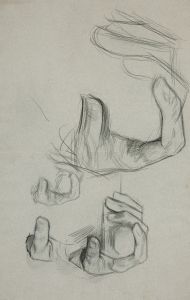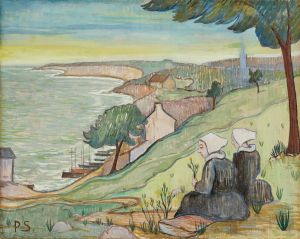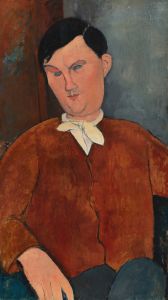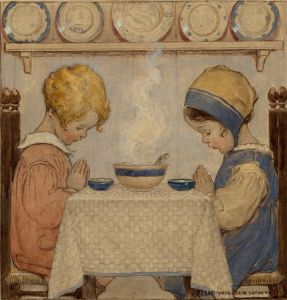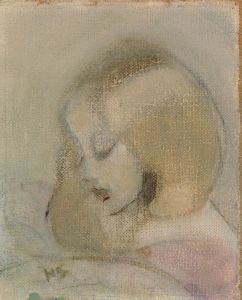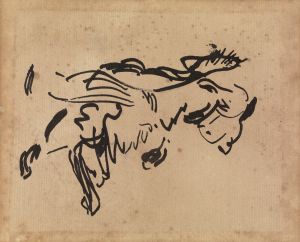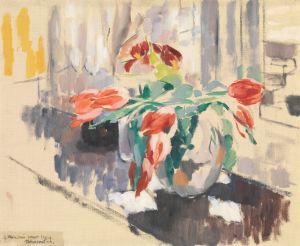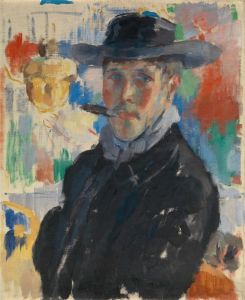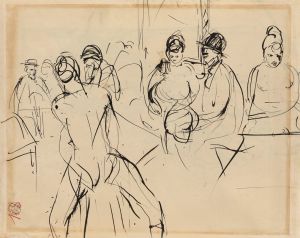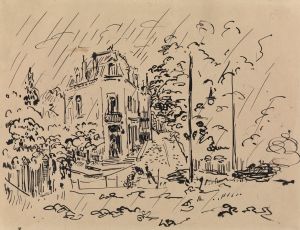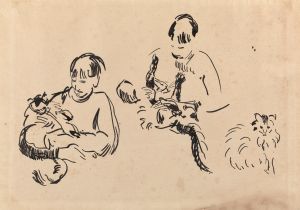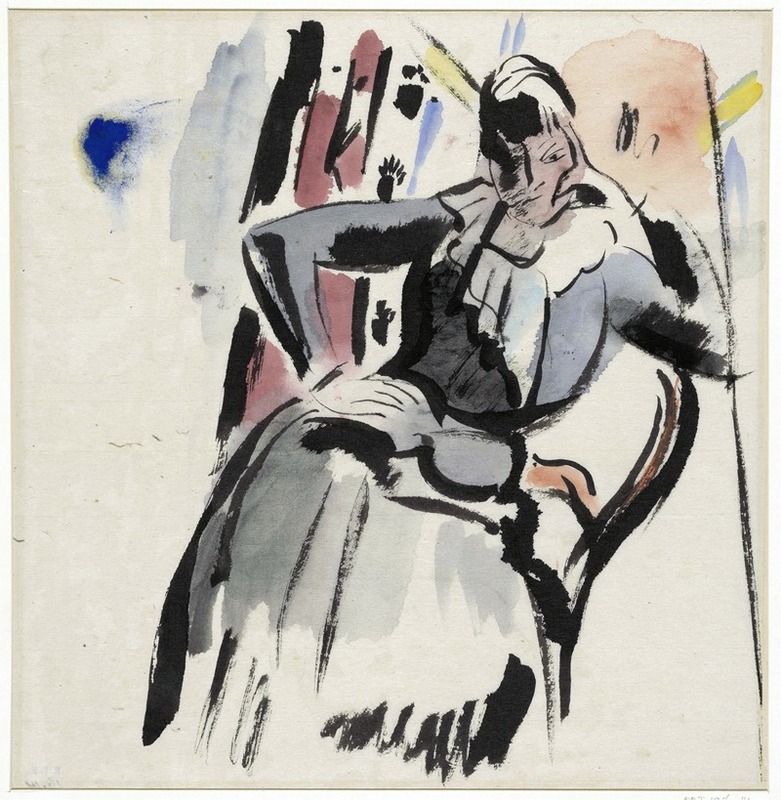
Zittende vrouw
A hand-painted replica of Rik Wouters’s masterpiece Zittende vrouw, meticulously crafted by professional artists to capture the true essence of the original. Each piece is created with museum-quality canvas and rare mineral pigments, carefully painted by experienced artists with delicate brushstrokes and rich, layered colors to perfectly recreate the texture of the original artwork. Unlike machine-printed reproductions, this hand-painted version brings the painting to life, infused with the artist’s emotions and skill in every stroke. Whether for personal collection or home decoration, it instantly elevates the artistic atmosphere of any space.
Rik Wouters, a prominent Belgian painter and sculptor, is known for his contributions to the Fauvist movement in the early 20th century. Among his notable works is "Zittende vrouw," which translates to "Seated Woman." This painting exemplifies Wouters' distinctive style, characterized by vibrant colors, dynamic brushwork, and an intimate portrayal of everyday life.
"Zittende vrouw" captures a moment of quiet introspection, featuring a woman seated in a relaxed pose. The composition reflects Wouters' interest in domestic scenes and his ability to convey emotion through color and form. The use of bold, expressive colors is a hallmark of Wouters' work, aligning with the Fauvist emphasis on painterly qualities and strong color over representational accuracy.
Rik Wouters was born on August 21, 1882, in Mechelen, Belgium. He studied at the Académie Royale des Beaux-Arts in Brussels, where he developed his skills in both painting and sculpture. Wouters' artistic career was relatively short, as he passed away at the young age of 33 in 1916. Despite this, he left a significant impact on the art world, particularly in Belgium, where he is celebrated as one of the leading figures of the Fauvist movement.
The Fauvist movement, which emerged in the early 20th century, was characterized by its radical use of color and brushwork. Artists associated with Fauvism, such as Henri Matisse and André Derain, sought to express emotion and mood through their use of vivid, non-naturalistic colors. Wouters, influenced by these principles, applied them to his own work, creating pieces that were both vibrant and emotionally resonant.
"Zittende vrouw" is a testament to Wouters' mastery of color and form. The painting's composition is simple yet effective, focusing on the seated figure and her surroundings. The woman's pose is relaxed, suggesting a moment of contemplation or rest. Wouters' use of color is particularly striking, with bold contrasts and harmonious tones that draw the viewer's eye and evoke a sense of warmth and intimacy.
Throughout his career, Wouters often depicted scenes from his personal life, including portraits of his wife, Nel, who was a frequent subject in his work. It is possible that "Zittende vrouw" features Nel, although this is not definitively documented. Wouters' ability to capture the essence of his subjects, whether through portraiture or domestic scenes, is a testament to his skill as an artist.
Despite his untimely death, Rik Wouters' legacy endures through his contributions to modern art. His works are held in high regard and can be found in various museums and collections, particularly in Belgium. "Zittende vrouw" remains an important piece within his oeuvre, showcasing his unique approach to color, form, and the depiction of everyday life.
In summary, "Zittende vrouw" by Rik Wouters is a significant work that reflects the artist's Fauvist influences and his ability to convey emotion through color and composition. Wouters' focus on intimate, domestic scenes and his innovative use of color continue to be celebrated, securing his place as a key figure in the history of modern art.





